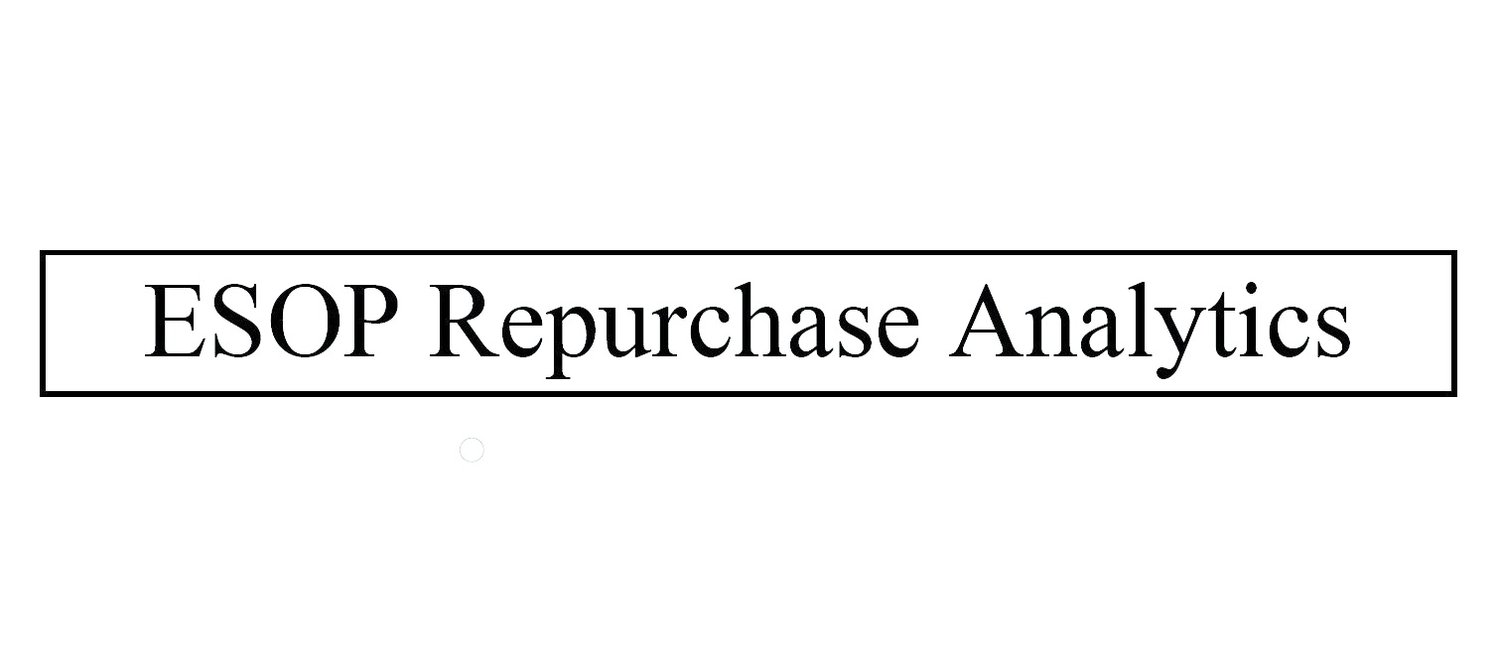Infrastructure for Shared Capitalism
ESOP Repurchase Analytics’ platform of software and services lays the groundwork so you can focus on creating the future.
Methodology
-
Data
Request and review Data: Request data from plan sponsor and reconcile data against previous study.
Reconcile Data with prior analysis: Developing a data reconciliation helps management and trustees understand differences in the covered population since the prior study.
-
Assumptions
Develop assumptions: Assumptions should be developed based on an ongoing monitoring of death, disability, retirement, diversification and turnover. Be careful not to use standard actuarial tables without understanding how they were developed. Our study provides additional precision with focus on assumptions developed for key individuals with management.
-
Methods and Provisions
Apply Methods and Provisions Consistently: When doing the repurchase liability study, we need to apply the plan provisions appropriately. The plan’s distribution policy and how shares are treated (redemption or recycling) are also handled.
-
Gain Loss Analysis
Gain/loss analysis: Gain/Loss Analysis allows management, board members and trustees to understand why the repurchase liability differed from the previous analysis. It provides the principal component of the differences and help explain differences.
-
Population Projection
Population Projection: The population projection provides stakeholders with the underlying projected population and provides an understanding of potential talent management issues.
-
Understand the Results
We take the time to review the results and rationalize how and why the projections appear the way they do.
We also keep the results simple. Often the results are presented with enormous amount of data. We focus on the the highlights and provide all details as needed.
